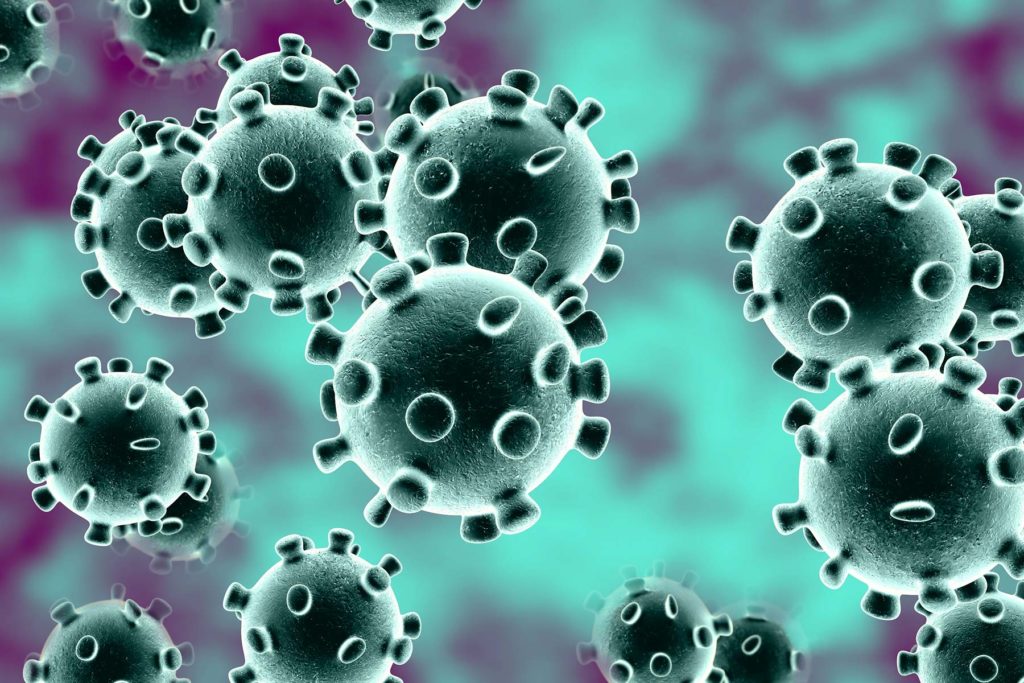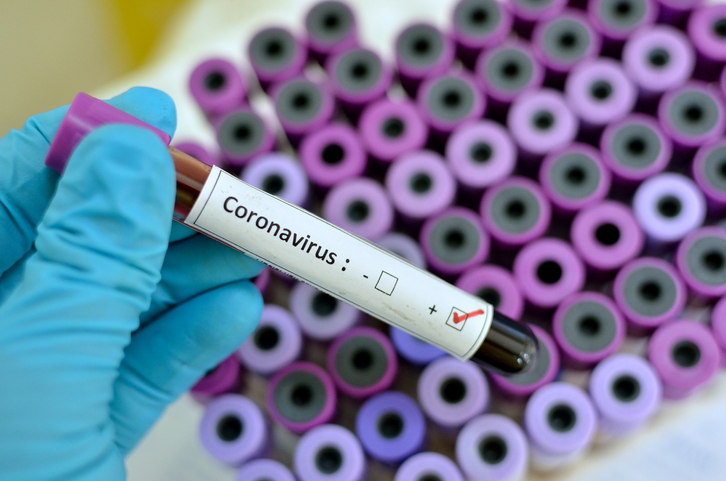
On January 30, 2020, the International Health Regulations Emergency Committee of the World Health Organization declared the outbreak of a new strain of coronavirus (COVID-19) a public health emergency of International concern. The next day, the Department of Health and Human Services Secretary declared it a public health emergency in the United States. The immediate health risk and exposure to COVID-19 to the general American public remains low at this time according to the CDC, however, even as I write this article, the situation is rapidly evolving. New cases, epidemiological statistics, and threats of a pandemic continue to abound. The media is rife with stories speculating on its ability to spread quickly. Overseas travel to China has been completely discouraged, and now overseas travel to Italy, Iran, and South Korea is being deterred. Many pundits have blamed COVID-19 for the recent downturn in the stock market.
There are many types of coronavirus strains that cause illness. They range in severity from the common cold to Severe Acute Respiratory Syndrome (SARS-CoV) and Middle Eastern Respiratory Virus (MERS-CoV). COVID-19, also called novel coronavirus, is a new strain that has never been previously identified in humans. These viruses are “zoonotic” because they are transmitted from animals to human beings and then spread by human-to-human contact. According to published scientific articles, Severe Acute Respiratory Syndrome (SARS has been isolated from civet cats (Family: Viverridae) captured in areas of China where the 2002-2003 SARS outbreak originated. Although most of human cases of MERS-CoV infections have been attributed to human-to-human transmission in health care settings, current scientific evidence suggests that dromedary camels are a major reservoir host for MERS-CoV and an animal source of MERS infection in humans. The exact role of dromedaries in transmission of the virus and the exact route(s) of transmission are unknown. However the original animal to animal infection originated in bats. This is thought to be the origin of COVID-19 as well and it is suggested the source is likely a single, recent emergence of this virus from an animal reservoir in Wuhan, China.
The first cases of COVID-19 were reported in Wuhan, China on a farm where those diagnosed had been handling livestock. At the time that I began writing this article, there were 2,790 cases reported in 37 countries and 44 deaths. China’s National Health Commission reported more than 400 new confirmed cases, and while no specific number was given, it was noted that there was an ongoing rise in other countries as well. As of today as I complete this article, 92,312 cases have been reported and 3031 deaths. Person to person spread of the virus was first reported after having close contact with people who had traveled from Wuhan. During the week of February 23, 2020, the CDC reported community spread of the virus that causes COVID-19 in California (in two places), Oregon and Washington. Community spread in Washington resulted in the first death in the United States from COVID-19, as well as the first reported case of COVID-19 in a health care worker, and the first potential outbreak in a long-term care facility. On March 2 an outbreak was reported in New York City.

Since COVID-19 has caused illness resulting in death in certain instances, and is being spread by person-to-person contact, it fulfills two out of the three criteria for a pandemic.
The third criteria is worldwide spread and it appears to be heading in that direction as community spread is detected in more and more countries. While there is still just preliminary information regarding the cases in California, Oregon, and Washington, it certainly seems to indicate that there is a potential public health threat posed by the virus in the United States and globally. Even though most people in the United States currently have little immediate risk of exposure, this could change quickly and the CDC is updating the risk assessment on a daily basis as more cases are identified. On March 2, 2020, the number of cases in hotspots outside Mainland China, were listed below according to a Johns Hopkins dashboard:
South Korea:
5,186
Italy: 2,036
Iran: 2,336
Others: 706
Japan: 283
Germany: 188
Spain: 153
Singapore: 110
France: 204
Hong Kong: 100
U.S.: 106
While the complete clinical picture with regard to COVID-19 is not fully understood, reported illnesses have ranged from mild to severe. Symptoms include respiratory infection, fever, cough, shortness of breath and difficulty breathing. In the more severe cases, infection can cause pneumonia, life threatening respiratory failure and /or kidney failure. Symptoms may appear anywhere from 2-14 days after exposure. In certain instances, asymptomatic infected individuals have been reported to be the source of spreading the virus to others. According to a report in the Journal of the American Medical Association, as many as 98% of COVID-19 patients have a fever, between 76% and 82% have a dry cough, and 11% to 44% report exhaustion and fatigue. The disease appears to become more severe with age, with the 30- to 79-year-old age range predominating the detected cases in Wuhan, where the outbreak began, according to a study in JAMA. Children seem to be at less risk of suffering noticeable symptoms of the disease. .
It is just a matter of time before our patients start asking questions regarding the virus and whether or not they are being protected from infection in our offices. The CDC has recommended that we ask every patient that we treat whether they have recently traveled from China or another affected area (Italy, Iran, South Korea). In addition, it is recommended that caution be taken with any patient who presents with symptoms associated with COVID-19 particularly pneumonia of unknown cause. Standard recommendations to prevent infection spread include regular hand washing or use of hand sanitizer, avoiding close contact with people who show signs of respiratory disease, as well as minimizing touching your face which could spread the virus as well.
You may have noticed that it is more difficult to buy disposable face masks. “Seriously people — STOP BUYING MASKS!” the Surgeon General, Jerome M. Adams, tweeted on Saturday morning. “They are NOT effective in preventing the general public from catching #Coronavirus, but if health care providers can’t get them to care for sick patients, it puts them and our communities at risk!” He stressed hand washing and staying home if you feel sick to be the best preventative measures.
Universal precautions for protecting yourself as well as your team are of paramount importance in the wake of this potential threat. There is no better time than now to review infection control protocol with your team as well. In addition, in the upcoming weeks, please pay close attention to the updated reports of spread of COVID-19. The statistics change on an hourly basis. We can only hope for containment as well as speedy research and discovery of a vaccination against this novel coronavirus.